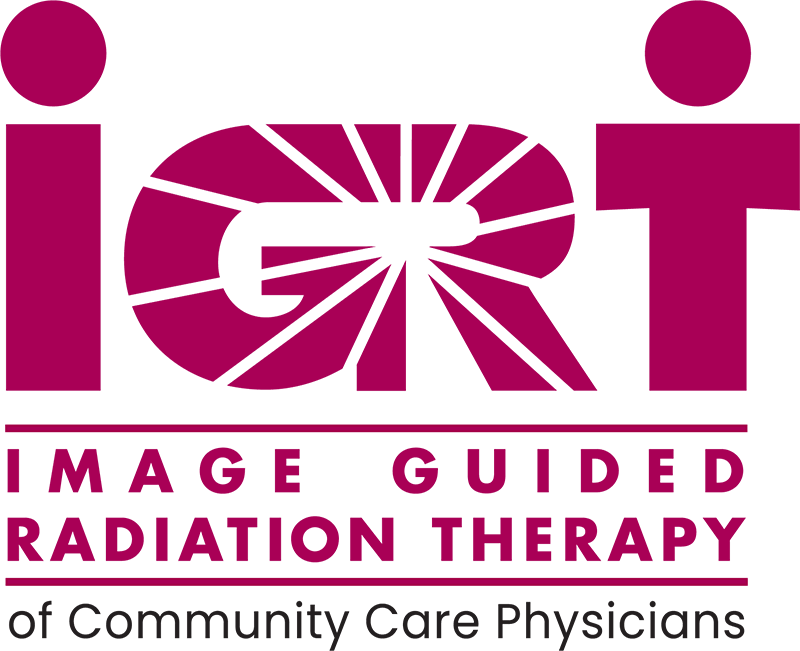Radiation therapy can be used to safely and effectively treat these types of cancers. If you have questions about a specific treatment, please contact our office for more information. We offer consultations to discuss your condition and treatment options that may work for you. Know that you are not alone in the process. We’re here to help you fight cancer.
There are two types of brain tumors:
- Primary — a tumor that starts in the brain. Primary brain tumors can be benign (noncancerous) or malignant.
- Metastatic — a tumor caused by cancer elsewhere in the body that spreads to the brain. Metastatic brain tumors are always cancerous.
- Primary tumors in the brain or spinal cord rarely spread to distant organs.
- Brain tumors cause damage because, as they grow, they can interfere with surrounding cells that serve vital roles in our everyday life.
Facts about Brain Tumors
- The Central Brain Tumor Registry of the United States estimates that more than 40,000 Americans will be diagnosed with a primary brain tumor this year.
- This year, an estimated 170,000 Americans will be diagnosed with a brain or spinal cord tumor that has spread from another part of the body.
General Risk Factors for Brain Tumors
Most brain and spinal cord tumors have no known risk factors and occur for no apparent reason. There are no known proven ways to prevent these tumors.
Signs of Brain Tumors
No blood test or other screening exam can detect brain tumors, but there are often some outward signs. While tumors in different parts of the central nervous system disrupt different functions, some symptoms include:
- Headaches
- Nausea/vomiting
- Seizures
- Weakness or numbness on one side of the body
- Changes in vision, hearing or sensation
- Difficulty with speech
- Lack of coordination
- A change in mood or personality
- Memory loss
Diagnosing Brain Tumors
If you suffer from any of the initial signs of a brain tumor, your doctor will likely conduct some or all of the following tests:
- A physical exam to determine your overall health.
- A neurologic exam to evaluate brain and spinal cord function.
- Imaging studies, such as CT, MRI or PET scans, to look for signs of a brain tumor.
- If studies or scans indicate you might have a brain tumor, some tissue may be taken from the tumor to make an exact diagnosis. This test is called a biopsy.
- A spinal tap may also be performed to look for tumor cells. During this test, a needle is placed in the lower back to obtain a sample of cerebrospinal fluid. This fluid is then examined to see if tumor cells are present.
Treating Brain Tumors
If doctors determine that you have a tumor, the treatment options and prognosis are based on the following factors:
- Tumor type
- Location and size of tumor
- Tumor grade (how abnormal the cells are)
- Your age, medical history and general health
Understanding Radiation Therapy
Radiation therapy, sometimes called radiotherapy, is the careful use of radiation to safely and effectively treat many different kinds of tumors.
- Doctors called radiation oncologists use radiation therapy to try to kill tumors, to control tumor growth or to relieve symptoms.
- Radiation therapy works within tumor cells by damaging their ability to multiply. When these cells die, the body naturally eliminates them.
- Healthy cells near the tumor may be affected by radiation, but they are able to repair themselves in a way tumor cells cannot.
Radiation Therapy Options for Brain Tumors
People with brain tumors should discuss treatment options with several cancer specialists, including a radiation oncologist. A radiation oncologist will help you understand the types of radiation therapy available to treat your tumor. Conventional radiation therapy treatment options for brain tumors include:
- External beam radiation therapy
- IMRT has been used successfully to treat brain tumors by allowing higher doses and sparing normal brain and critical structures. With daily CT guidance, we are able to visualize the treatment area and match it to the treatment plan for ultra-precise IMRT. For example, the tolerance of the brain stem, optic nerve and optic chiasm may limit the dose delivered to the tumor because of their proximity. With Image Guided Radiation Therapy, and its precision, we can spare these structures while delivering curative doses of radiation.
- Brachytherapy or internal radiation therapy
If you’d like to learn more regarding a diagnosis of a brain tumor or to schedule a consultation, contact IGRT today.

